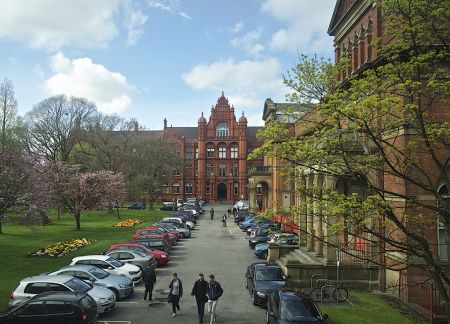
Sea sponges record marine life like "underwater CCTV"
Friday 31 May 2019
SEA sponges are capable of ‘recording’ the presence of marine species like a form of “underwater CCTV”, say scientists.
The multicellular organisms may not have eyes to see but nevertheless register the passing of living creatures by collecting the DNA of anything floating, swimming or crawling nearby, they report in the journal Current Biology.
As the world’s most effective water filterers, sponges(Phylum Porifera) can sift through up to 10,000 litres of water in one day.
“We are looking at the most efficient natural particle sampler in the ocean."
“We want to know what’s down there, we may simply need to collect a piece of sponge and take it to the laboratory.
"We are looking at the most efficient natural particle sampler in the ocean," explains marine biologist Professor Mariani of the University of Salford.
Building a picture of what lives beneath the waves is not only scientifically interesting, it is crucial to monitoring ecosystem health,with regular surveys mandatory in the UK and the EU.
Expensive and "harmful to life"
However, the process involves scanning, scouring, chasing,catching animals, using a wide range of biased methods, from sonar, to nets,radio transmitters, cameras and drones, which may be time-consuming, expensive and even harmful to marine life.
Professor Mariani’s team have played a significant role inpioneering an alternative ‘DNA fishing’ approach, which entails using genetic material left in the water to identify the ‘source’ species (commonly known as“environmental DNA”).
eDNA is already quicker and more effective than traditional‘catch-and-see’ techniques and the team believe the sponge is a huge asset in conducting audits of sections of the ocean.
To test their hypothesis, Mariani and his team examined sponges from five Antarctic locations and four in the Mediterranean, which yielded DNA from dozens of marine animals.
Penguins and seals
Rock Goby, Sardine, Toothfish, Icefish, Weddell Seal and Chinstrap Penguin were among the species detected. The penguin and seal findings are especially interesting as they indicate that the method could also be used to detect mammals and sea birds of conservation concern.
“There is no doubt that engineering technology, submarines,robots, will play a significant part in enhancing marine exploration – but much of it remains prohibitively expensive,” says Mariani.
“Our initial findings suggest that simple, accessible natural ‘sentinels’ can be a powerful, affordable and universal means for aquatic biodiversity monitoring globally.
In 2018, the team found evidence that shrimps’ stomach contents could be reliable marine biodiversity recorders, but argue that sponges – found in a wider range of habitats, and being less selective in what they eat/trap – may be considerably more useful.
‘Sponges as natural environmental DNA samplers’ is authored by Stefano Mariani and Charles Baillie (University of Salford),Giuliano Colosimo (San Diego Zoo Institute for Conservation Research) and Ana Riesgo (The Natural History Museum, London) and published in Current Biology (Open Access).
Find out more
Gareth Hollyman, Senior Press & PR Officer (Science)
0161 295 6895 g.b.hollyman@salford.ac.uk





